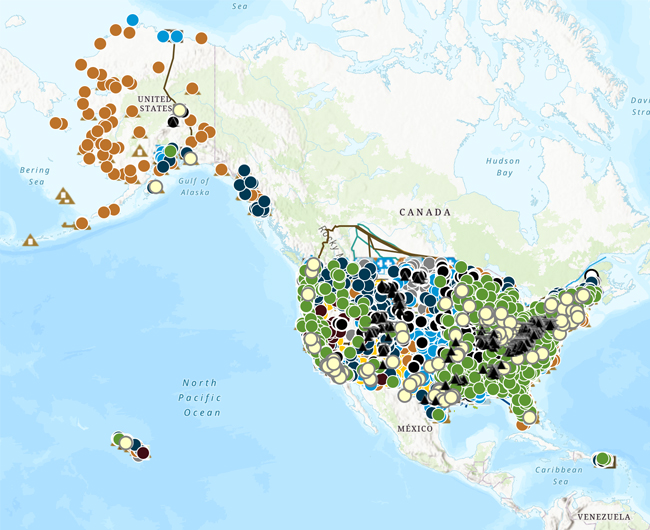Profile Overview
U.S Energy Atlas with total energy layers
 View the interactive map
View the interactive map Quick Facts
- Wisconsin's industrial sector, including agriculture and the energy-intensive manufacture of food and beverages, is the state's largest energy-consuming end-use sector. In 2021, industry accounted for 31% of the state's total energy consumption.
- In 2022, natural gas-fired generation surpassed coal for the first time, when it fueled 37% of Wisconsin's total net generation. Coal contributed 36% of the state’s total net generation in 2022, down from more than half as recently as 2018.
- In 2021, Wisconsin ranked ninth in the nation in fuel ethanol production, and the state has the nation's ninth-largest ethanol production capacity. Wisconsin’s 9 ethanol plants can produce almost 600 million gallons of fuel ethanol per year, more than twice the amount consumed in the state.
- In 2022, Wisconsin's one nuclear power plant supplied about 16% of Wisconsin's total in-state electricity generation, down from about 22% in 2012 when the state had two operating nuclear power plants.
- Wisconsin consumes almost six times as much energy as the state produces.
Last Updated: August 17, 2023
